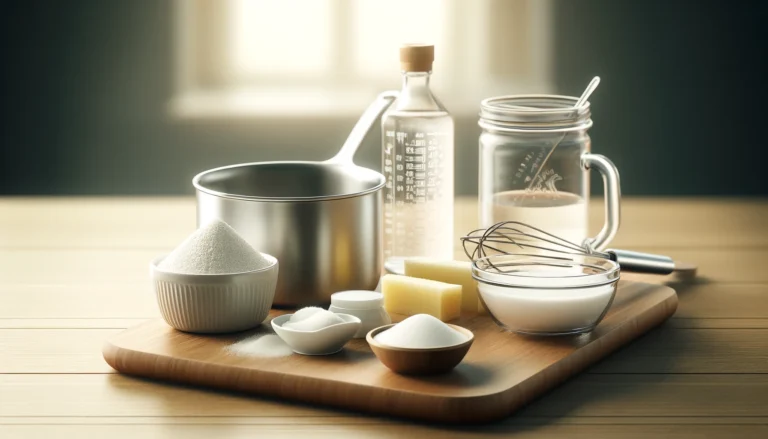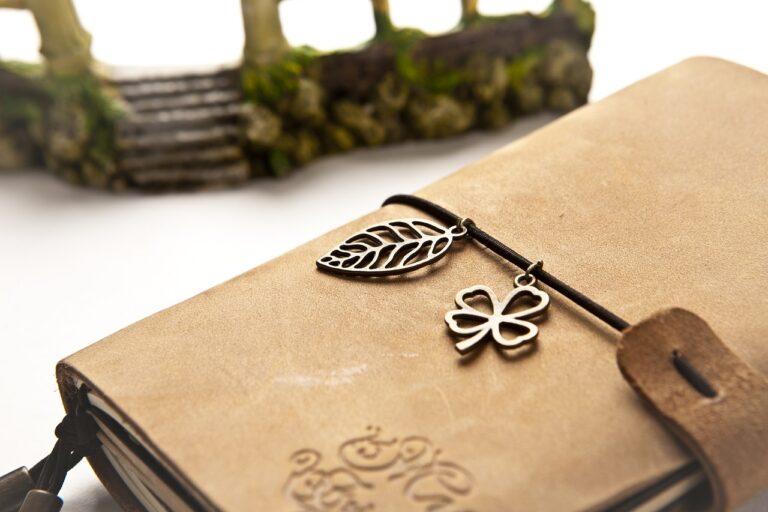Sustainable Junk Journaling: Recycling and Repurposing at Its Best

Ideas on How To Source and repurpose materials responsibly
In the realm of crafting, few practices embody the spirit of eco-consciousness and creativity as perfectly as junk journaling. It’s an art that thrives on the philosophy of ‘waste not, want not,’ transforming the forgotten and the discarded into beautiful, meaningful works of art. This blog post delves into the heart of sustainable junk journaling, offering insights on how to source and repurpose materials responsibly, balance our crafting instincts, and engage with a community that shares our passion for sustainability and creativity.
Embracing Eco-Friendly Creativity
Junk journaling, to me, is not just a hobby; it’s a lifestyle choice that reflects my commitment to sustainability. This craft encourages us to see the value in the old, the overlooked, and the discarded. It’s about giving new life to what might otherwise end up in a landfill. Through my own experience, I’ve found a deep sense of fulfillment in rescuing and repurposing materials for my projects. From the pages of vintage books destined for oblivion to the tactile warmth of fabric remnants, my craft transforms these materials into treasured pieces of art.
Finding Treasures for Your Journal
One of my most cherished sources for journaling materials comes from a place closer to home than you might think: my own community. I frequently reach out to friends and neighbors, inquiring if they have any old books or paper they’re planning to discard, especially those with damage like water stains, missing pages, or torn covers. These imperfections, which might render the materials useless to others, make them perfect candidates for junk journaling. It’s a fantastic way to breathe new life into what would otherwise be considered waste. This practice not only bolsters my supply of unique materials but also fosters a spirit of sustainability and collaboration within my community. The old music books, children’s stories, and classic novels that I save from being thrown away are transformed into pages that hold new stories, ones that we create ourselves. This approach has not only been a boon for my creative endeavors but has also played a small part in reducing our collective environmental footprint.
Tips for Sourcing Recyclable Materials
- Community Connections: Don’t hesitate to ask friends, family, and neighbors if they have materials they’re getting rid of. You’ll be surprised at the gems you can find, from old books to interesting pieces of paper, all of which can find a second life in your journal.
- Local Thrift Stores and Estate Sales: These places are treasure troves for unique finds that can add depth and history to your projects. Keep an eye out for anything that speaks to you, from old maps and postcards to interesting textiles.
- Household Items and Packaging: Before you toss anything out, consider its potential in your journal. Items like brown paper bags from grocery stores, for instance, can be repurposed into beautiful, rustic page embellishments.

Balancing Collection and Creation
In the excitement of collecting materials for junk journaling, it’s easy to find oneself on the brink of becoming a crafting hoarder. The key is to maintain a balance—embracing everything in moderation. Here are some strategies to ensure your collection remains a treasure trove rather than a storage challenge:
- Use What You Have: Make it a practice to use up the materials you’ve already collected before acquiring more. This not only keeps your crafting area clutter-free but also sparks creativity as you find new uses for old items.
- Inventory Regularly: Take stock of what you have periodically. This helps you remember the treasures you’ve collected and inspires new projects.
- Set Limits: Allocate a specific space for your materials. Once this space is full, prioritize using what you have before adding more to the collection.
Engaging with the Junk Journal Community
Another wonderful aspect of junk journaling is the vibrant community that surrounds it. Participating in local meetups, online groups, swaps, and Random Acts of Kindness (RAKs) can enrich your crafting experience significantly:
- Local Meetups and Swaps: These gatherings are fantastic for sharing materials, ideas, and techniques. They also help you keep your collection in check by passing on items you no longer need to those who can use them.
- Online Groups and Forums: Joining online junk journaling communities opens up a world of inspiration and support. Participating in virtual swaps or RAKs can be a delightful way to share your passion with others around the globe, receiving and giving materials that spark joy and creativity.
Conclusion
Sustainable junk journaling is more than a crafting hobby; it’s a mindful approach to creativity, community engagement, and environmental stewardship. By embracing the principles of recycling, repurposing, and moderate collecting, we contribute to a healthier planet and a more connected community. Let’s continue to inspire each other with our eco-friendly crafting adventures, sharing our stories and creations with the world.







